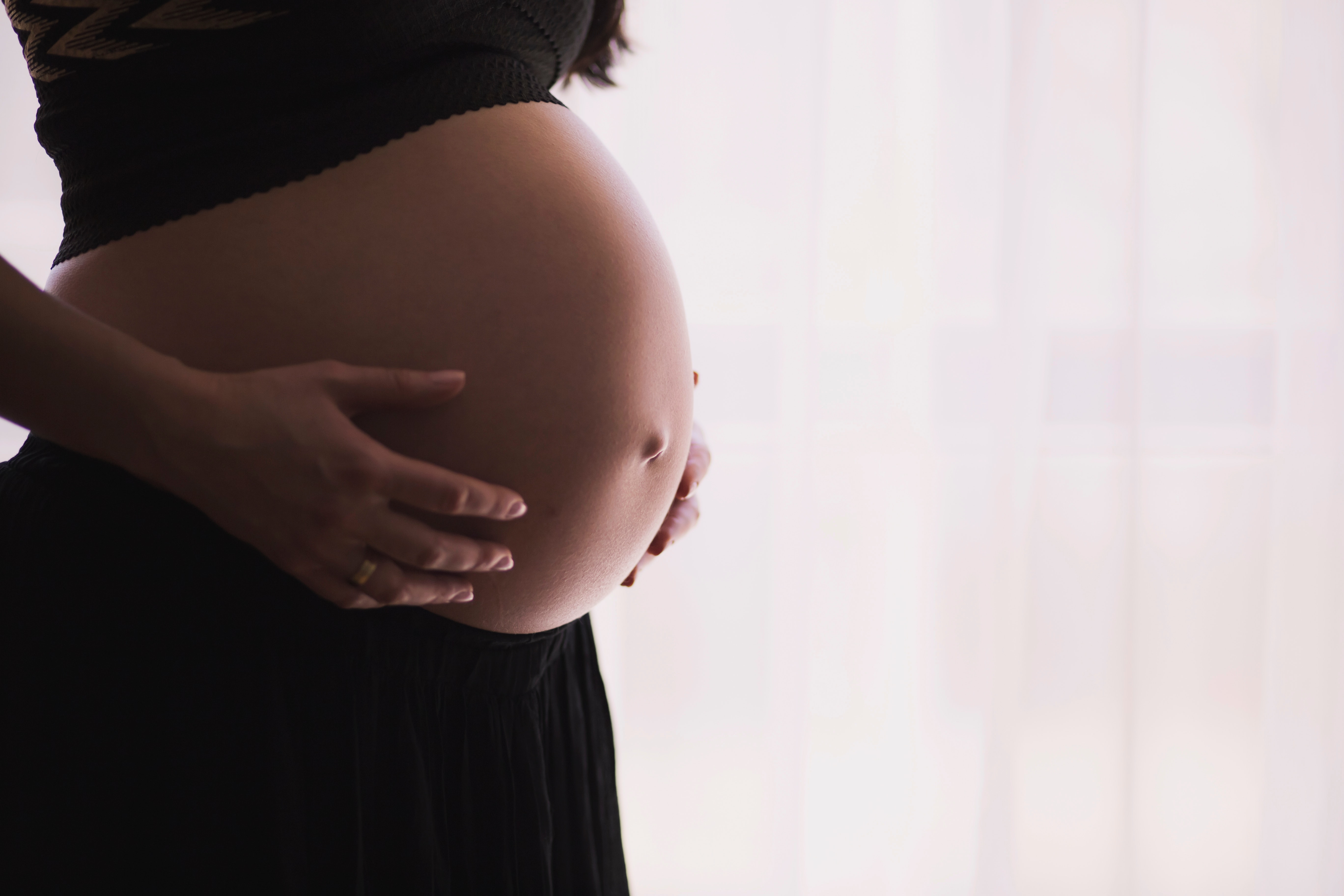As your pregnancy advances, you may begin to notice blue or purple-ish veins appearing on your legs. While their appearance may be alarming, there isn’t much to worry about. Varicose veins during pregnancy are quite common, appearing in 10-20% of women, and usually go away after giving birth.
They differ from spider veins and visible veins in that they typically swell up, creating a bulge above the skin. While they normally develop in the legs, they can also develop in the area of the vulva and in the rectum. Rectal varicose veins are sometimes referred to as hemorrhoids, which are another side-effect of pregnancy.
What are Varicose Veins?
Varicose veins are veins that have swollen. They often bulge near the surface of the skin. Many women experience no discomfort whatsoever, but some will experience pain or heaviness in their legs. They may also experience itching, throbbing, or burning. These symptoms may be worse for women that spend a lot of time on their feet.
Cause of Varicose Veins
Veins are the blood vessels that return blood to your heart from your extremities. Remember that veins in your legs are already working against gravity. As your pregnancy progresses and you get larger, the pressure is placed on a vein on the right side of your body, called the inferior vena cava. This, combined with the increased amount of blood circulating during pregnancy and the rising hormone levels of progesterone relaxing the walls of your blood vessels, results in varicose veins.
There are a few things that can increase your risk of developing varicose veins outside of pregnancy:
- Family history of varicose veins
- Being overweight or obese
- Carrying more than one fetus
- Standing for long periods
Unfortunately, if you are already prone to varicose veins, they might get worse with subsequent pregnancies.
Varicose Vein Prevention
While you may not be able to completely prevent varicose veins from developing, there are a few steps you can take to minimize the number and size of varicose veins.
- Avoid sitting or standing in the same position for long periods. Take frequent breaks to change your position and move around.
- Avoid high heels during pregnancy
- Talk to your doctor to make sure it’s safe, and then exercise regularly
- Avoid crossing your legs or ankles while sitting
- Elevate your legs while sitting or lying down
- Sleep on your left side
- Decrease sodium intake
- Drink plenty of water and get enough fiber to help prevent constipation to avoid hemorrhoids
- Wear maternity support hose
If you notice that your veins feel hard, warm, painful, or the skin around the varicose veins hardens, contact your doctor.
After Pregnancy
The good news is that most of the time, varicose veins will go away on their own after pregnancy. Once your uterus is no longer exerting pressure on the inferior vena cava, circulation returns to normal. However, if your varicose veins do not gradually go away then you may need additional treatment. If you have concerns with your varicose veins and you are pregnant, speak with one of our physicians for an examination.
Sources:
Baby Center: Varicose Veins During Pregnancy
American Pregnancy Association: Treat Varicose Veins Naturally During Pregnancy
What To Expect: Varicose Veins During Pregnancy



